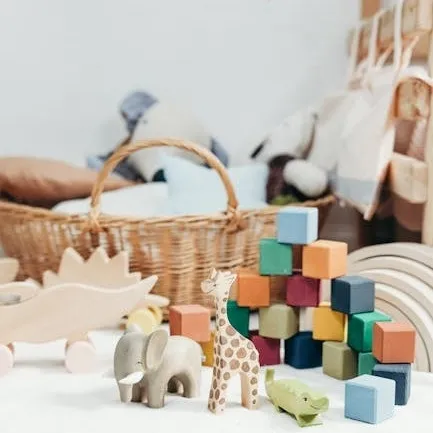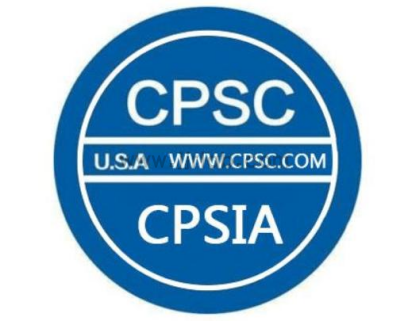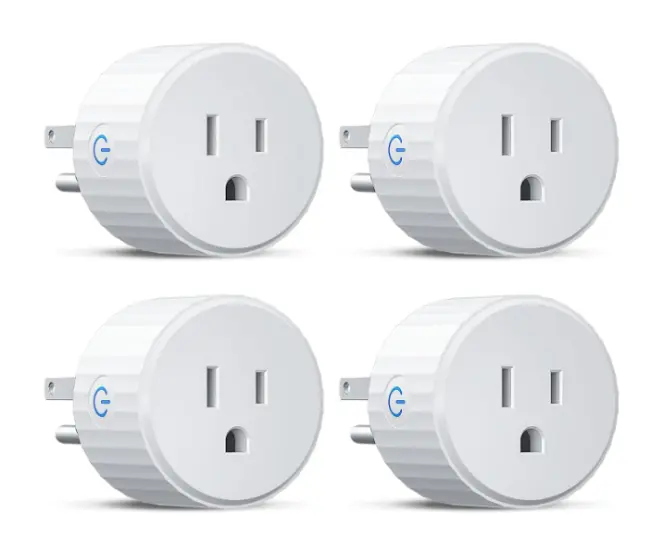
Safety Testing for Baby Wrap
Recently, many sellers have reported that the baby products they are selling on Amazon are not passing the review process, causing delays of several months. The problem isn't that the certifications were not done, but rather they were not done correctly. In addition to the traditional CPSIA + ASTM F963 standards, there is another standard, ASTM F2236-13, that needs to be considered.
Baby Carrier Export to the US
The United States has issued a new safety standard for baby carriers, ASTM F2236-13. The American Society for Testing and Materials (ASTM) released this updated standard for baby carrier safety in March 2013. The new revisions include flammability requirements, strength requirements for fasteners and shoulder straps, and new labeling and marking requirements for product descriptions.
1. Definition and Scope of the Standard
According to section 104(f)(2)(H) of the CPSIA, the term "baby carrier" is clearly defined. The committee has identified at least four product types as part of the "baby carrier" category, including: frame backpack carriers, handheld infant carriers, slings, and soft infant and toddler carriers.
This standard applies only to the safety requirements of soft infant and toddler carriers. Recently, the committee has proposed safety requirements for handheld infant carriers (77 FR 73354, December 10, 2012). Safety requirements for slings and frame backpack carriers will be addressed in future rulemaking.
2. Revisions
The new standard (ASTM F2236-13) has undergone several revisions compared to the old version (ASTM F2236-10):
- Weight and Capacity: The old standard allowed soft infant carriers to carry babies weighing between 7-25 lb (3.2-11.3 kg), while the new standard expands this range to 7-45 lb. Additionally, the new standard includes "toddler" in the title, clarifying that the product can also be used for toddlers.
- Terminology Definitions: New definitions for "carrying position" and "fastener" have been added.
- Flammability of Textiles: A new requirement has been added for the flammability of textiles, stating that if a product does not meet the flammability standard of 16 CFR 1610, it cannot use Class 2 or 3 fabrics. If the carrier’s design makes it impossible to assess flammability according to this regulation, it should be tested according to the older F963 standards, which require the product to be non-flammable.
- Markings and Labels: The labeling requirements have largely remained unchanged from the old version, with the addition of a provision stating that warning labels must be separate from any other graphic or text on the product. No other labels or written instructions should obscure or confuse the meaning of the required safety information, or mislead the consumer. Furthermore, the warning was changed from "WARNING-FALL HAZARD" to "WARNING-FALL AND SUFFOCATION HAZARD."
Process for Obtaining an ASTM F2236-13 Test Report
1. The applicant submits a request.
2. The applicant completes the application form.
3. The testing standards and items are confirmed, and a quote is provided.
4. The applicant confirms the quote and sends samples.
5. Payment for the testing fees is made.
6. China JJR Lab conducts the tests.
7. If the tests fail, the applicant is notified and may need to adjust the product.
8. A test report is issued if the product passes the tests.
Testing Cycle for ASTM F2236-13: 5-7 business days.
Baby Carrier Export to the EU Compliance
BS EN 13209: Baby Carrier Safety Requirements and Testing Methods
BS EN 13209-1:2004 Part 1: Baby Carriers with Frames
- Toxicity (EN 71-3)
- Flammability (EN 71-2)
- Conditioning
- Shrinkage
- Monofilament Threads
- Construction Requirements
- Gaps and Openings
- Edges
- Small Parts
- Cords, Straps, Belts and Ties
- Folding and Locking Mechanisms
- Durability of Folding and Locking Mechanisms
- Effectiveness of Adjustment Devices
- Durability of Attachment System
- Dynamic Strength
- Child Restraint System
- Packaging and Marking
- Instructions for Use
Materials that children can come into contact with, including protective layers, must be tested for toxic elements.
All textiles and plastic covers must be tested for flammability.
Sample Requirements: Full set of 2 samples, including installation instructions (if applicable). Additional samples required for toxic elements/flamability testing.
Time Required: Standard testing takes 7-9 business days.
BS EN 13209-2:2015 Baby Carrier Safety Requirements and Testing Methods Part 2: Soft Baby Carriers
- Toxicity (EN 71-3)
- Flammability (EN 71-2)
- Shrinkage
- Monofilament Threads
- Construction Requirements
- Leg Openings
- Small Parts
- Cords, Straps, Belts and Ties
- Head Support
- Carer Attachment System
- Durability of Attachment Systems
- Accessibility of Fillings
- Packaging and Product Information
All materials that children can contact, including protective layers, need to undergo toxic element testing.
Textiles and plastic cover materials must be tested for flammability.
Sample Requirements: Full set of 2 samples, including installation instructions (if applicable). Additional samples required for toxic elements/flamability testing.
Time Required: Standard testing takes 7-9 business days.
Email:hello@jjrlab.com
Write your message here and send it to us
 Toy Toxicology Testing CA
Toy Toxicology Testing CA
 CPSIA Compliance for Children's Products
CPSIA Compliance for Children's Products
 Food Contact Items Testing
Food Contact Items Testing
 Energy Star Testing Laboratory
Energy Star Testing Laboratory
 Do I Need to Test Every Color for CPSIA Compliance
Do I Need to Test Every Color for CPSIA Compliance
 Accredited Medical Device Testing Lab
Accredited Medical Device Testing Lab
 Safety Testing for Baby Wrap
Safety Testing for Baby Wrap
 United States Electrical Plug Certification
United States Electrical Plug Certification
Leave us a message
24-hour online customer service at any time to respond, so that you worry!




